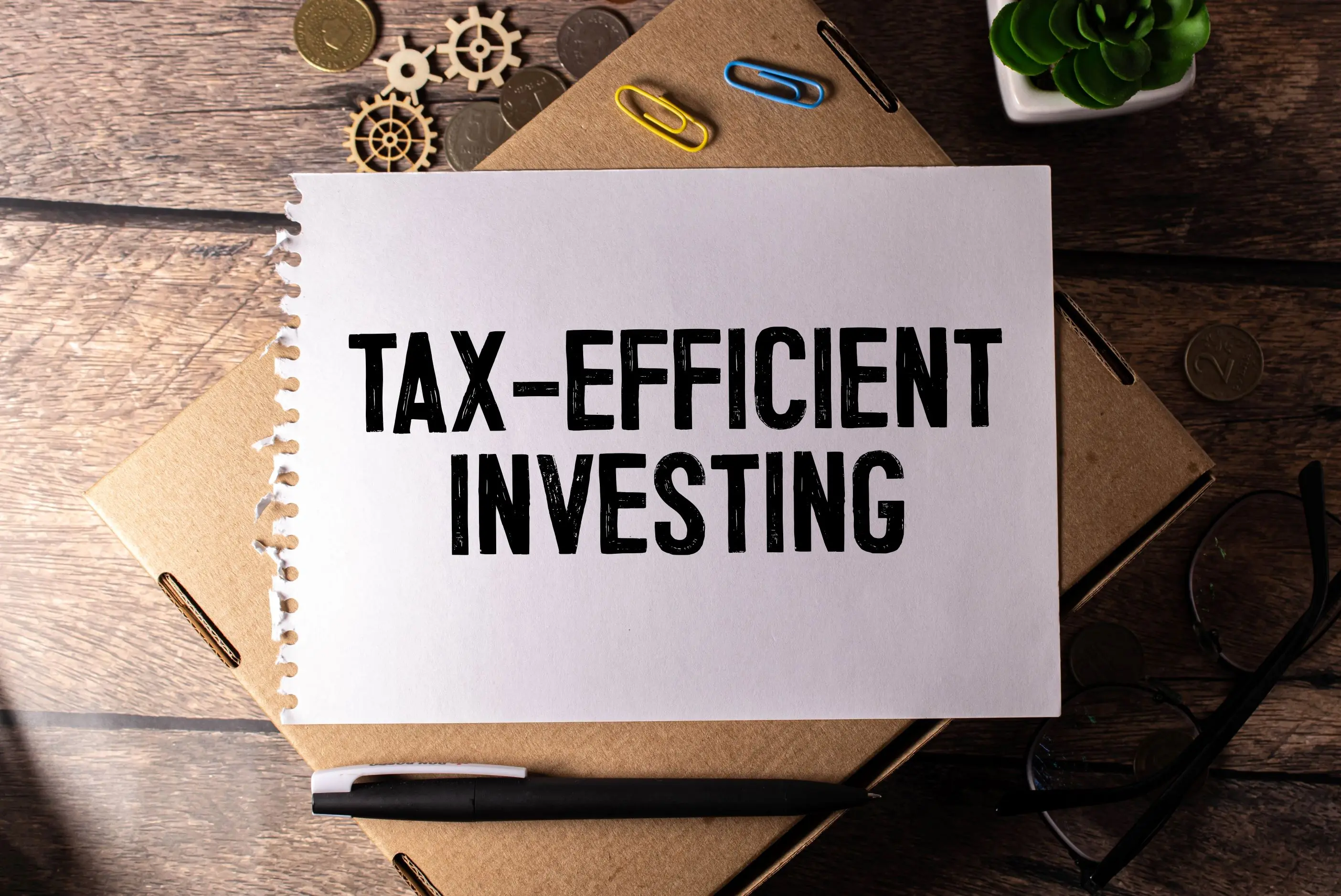Socially Responsible Investment Funds: A Comprehensive 2025 Guide
Discover how socially responsible investing (SRI) aligns your portfolio with your values. Explore top SRI funds, key strategies, and examples of ethical, sustainable, and impact-driven investments for long-term growth.

In recent years, socially responsible investing (SRI) has moved from being a niche investment strategy to a mainstream force in the financial world. With increasing awareness about environmental, social, and governance (ESG) issues, investors are seeking opportunities that not only provide competitive returns but also align with their personal values.
Socially responsible investment funds aim to achieve this balance by screening companies based on ethical criteria, avoiding industries with negative social or environmental impacts, and proactively investing in companies that promote positive change. As of 2025, these funds are growing rapidly in both variety and market share, making it important for investors to understand their options, performance potential, and associated risks.
What Is Socially Responsible Investing?
Socially responsible investing refers to an investment strategy that considers both financial return and social/environmental impact. It involves selecting securities based on specific ethical guidelines, often incorporating ESG criteria.
This approach can include positive screening (selecting companies with strong ESG practices) and negative screening (avoiding companies in controversial sectors such as tobacco, firearms, or fossil fuels).
Some SRI funds focus on impact investing—actively directing capital toward projects that generate measurable social and environmental benefits. Others emphasize shareholder advocacy, using their ownership stakes to influence corporate behavior.
The Growth of SRI in the Global Market
Over the past decade, the global SRI market has expanded significantly. According to industry reports, assets under management in SRI funds have more than doubled in the last five years. This growth is driven by:
- Increased public awareness about climate change, inequality, and corporate accountability.
- Regulatory pressures for companies to disclose ESG metrics.
- Generational shifts, with younger investors prioritizing values-based investing.
Many institutional investors, including pension funds and endowments, have also incorporated SRI strategies into their portfolios, further boosting the sector’s credibility and capital base.
Key Principles of Socially Responsible Investing
While different funds may apply SRI principles in various ways, there are common themes that define the sector:
- Environmental Stewardship Investing in companies that reduce carbon emissions, conserve natural resources, and develop renewable energy solutions.
- Social Responsibility Supporting businesses that promote diversity, human rights, and fair labor practices.
- Corporate Governance Prioritizing transparency, ethical management, and accountability in corporate leadership.
SRI vs ESG vs Impact Investing
Although often used interchangeably, SRI, ESG investing, and impact investing have distinct meanings:
| Criteria | Socially Responsible Investing (SRI) | ESG Investing | Impact Investing |
|---|---|---|---|
| Primary Focus | Ethical screening of investments | ESG performance metrics | Measurable social/environmental outcomes |
| Strategy | Avoids harmful industries; supports ethical sectors | Evaluates companies based on ESG scores | Directly funds projects with positive impact |
| Measurement of Impact | Qualitative and value-based | Quantitative ESG data | Quantitative, mission-driven goals |
| Example | Avoiding tobacco stocks | Choosing high ESG-rated companies | Funding solar energy in developing countries |
Types of Socially Responsible Investment Funds
SRI funds come in multiple forms, each catering to different investor needs:
1. Equity Funds
Invest in stocks of companies that meet certain ethical and ESG standards. Can be sector-specific, such as clean energy funds.
2. Fixed Income Funds
Focus on socially responsible bonds, including green bonds and municipal bonds funding community projects.
3. Balanced Funds
Combine equities and bonds to create a diversified portfolio with SRI principles.
4. Exchange-Traded Funds (ETFs)
Offer exposure to a basket of socially responsible companies while trading like individual stocks.
5. Mutual Funds
Professionally managed pools of capital with strict SRI guidelines.
Examples of Leading SRI Funds in 2025
| Fund Name | Type | Focus Area | 5-Year Annualized Return | Expense Ratio |
|---|---|---|---|---|
| Vanguard FTSE Social Index Fund (VFTAX) | Mutual | Broad-market ESG screen | 9.8% | 0.14% |
| iShares ESG Aware MSCI USA ETF (ESGU) | ETF | ESG integration | 10.2% | 0.15% |
| Parnassus Core Equity Fund (PRBLX) | Mutual | Large-cap sustainable companies | 11.1% | 0.86% |
| SPDR S&P 500 ESG ETF (EFIV) | ETF | U.S. large-cap ESG | 10.5% | 0.10% |
| Calvert Equity Fund (CSIEX) | Mutual | High ESG-rated companies | 10.9% | 0.94% |
| iShares Global Clean Energy ETF (ICLN) | ETF | Renewable energy | 12.3% | 0.40% |
How SRI Funds Are Screened
SRI funds typically use one or more of the following screening methods:
- Negative Screening: Excluding companies in industries such as fossil fuels, gambling, tobacco, and weapons manufacturing.
- Positive Screening: Selecting companies with high ESG scores or proven ethical practices.
- Norms-Based Screening: Ensuring investments comply with international standards like the UN Global Compact.
- Thematic Investing: Targeting specific areas such as clean energy, water conservation, or gender equality.
Performance of Socially Responsible Investment Funds
One of the biggest misconceptions about SRI funds is that they underperform traditional funds. Recent studies show that many SRI funds have returns comparable to, and sometimes exceeding, their non-SRI counterparts.
Performance can be influenced by factors such as sector allocation, geographic focus, and management style. For instance, funds overweight in technology and renewable energy sectors have benefited from strong market trends in recent years.
Risks Associated with SRI Funds
Like all investments, SRI funds carry certain risks:
- Sector Concentration Risk: Overexposure to specific sectors such as technology or clean energy.
- Limited Diversification: Excluding certain industries may reduce diversification benefits.
- Market Volatility: ESG-driven sectors can be more volatile in certain economic conditions.
- Greenwashing Risk: Some funds may exaggerate their sustainability credentials without significant impact.
Steps to Choose the Right SRI Fund
- Define Your Values Identify the causes you want to support and the industries you want to avoid.
- Evaluate Fund Strategy Review the screening methodology and portfolio holdings.
- Check Performance and Fees Compare historical returns and expense ratios.
- Assess Impact Reporting Look for transparent reporting on ESG impact.
Tax Advantages and Retirement Planning with SRI Funds
Many SRI funds can be included in retirement accounts such as IRAs and 401(k)s. Choosing sustainable investments in these accounts can align your long-term financial goals with your ethical priorities.
Additionally, certain green bonds and municipal bonds offer tax advantages, making them appealing for investors seeking both returns and tax efficiency.
The Future of Socially Responsible Investing
The SRI sector is expected to continue its growth trajectory, driven by regulatory changes, technological advancements in ESG data analysis, and a global shift toward sustainable development. Artificial intelligence is increasingly being used to analyze ESG metrics, improving transparency and performance evaluation.
Conclusion
Socially responsible investment funds offer a compelling way to align your investments with your values without sacrificing potential returns. By understanding the principles, types, risks, and performance factors of SRI funds, investors can make informed decisions that benefit both their portfolios and the world at large.
Whether you are motivated by environmental concerns, social justice, or corporate governance, there are SRI options to match your objectives. With careful research and a clear understanding of your values, socially responsible investing can be a powerful tool for both wealth creation and positive change.
Related Posts

How to Open a Bank Account Online in 2025: Complete Guide

Maximizing Your Financial Future: A Comprehensive Guide to Choosing and Working with Wealth Advisors

The Ultimate Guide to Tax-Efficient Investments and Strategies

